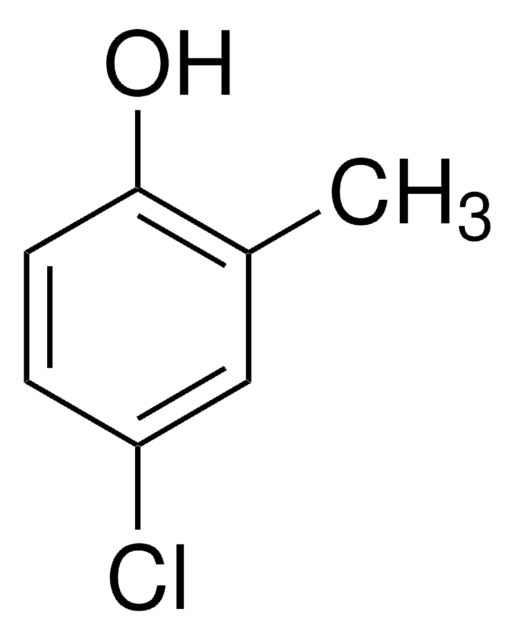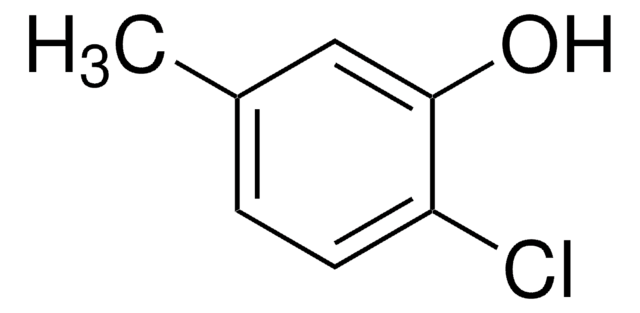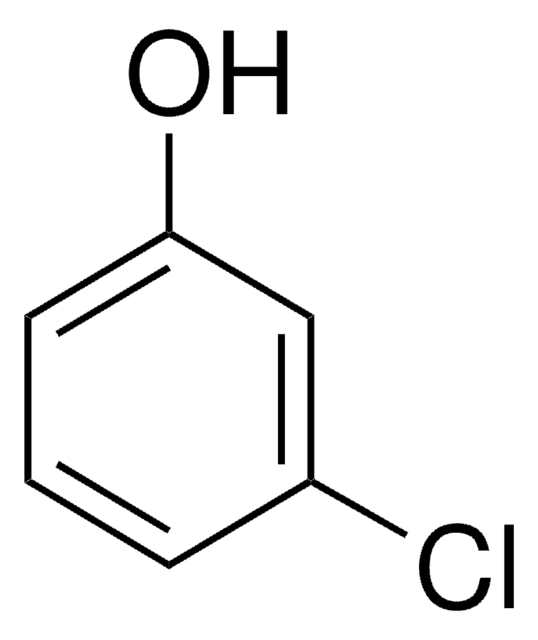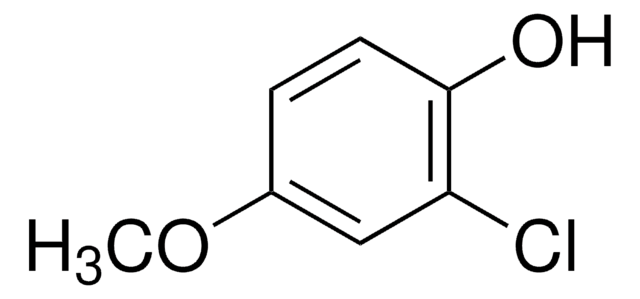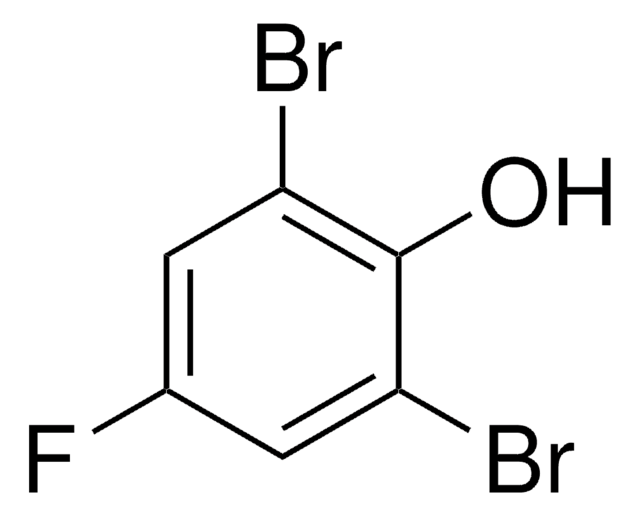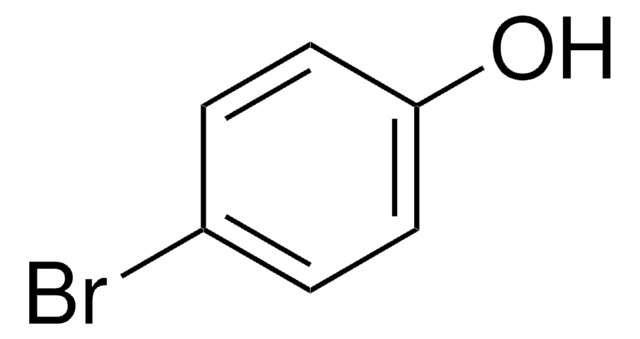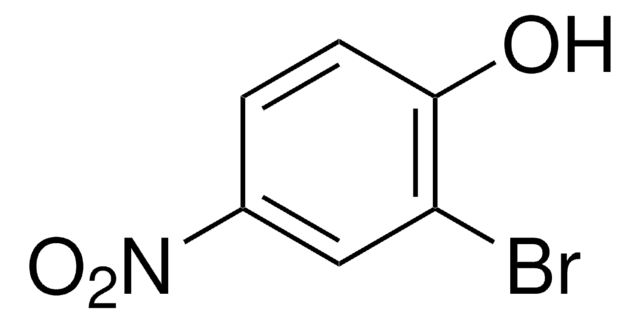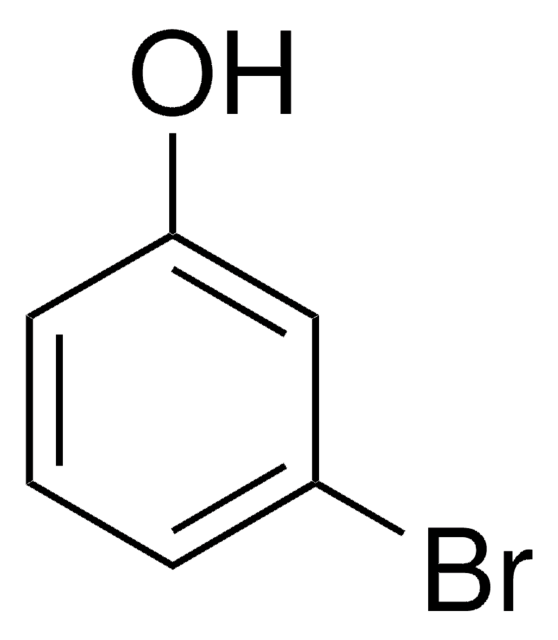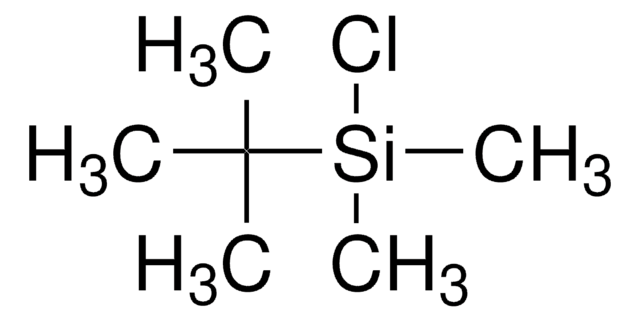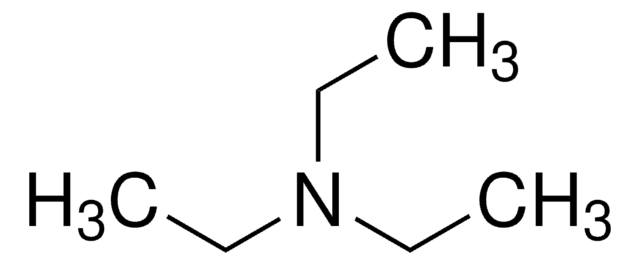273198
2-Chloro-4-methylphenol
97%
Synonym(s):
2-Chloro-p-cresol
Sign Into View Organizational & Contract Pricing
All Photos(1)
About This Item
Linear Formula:
ClC6H3(CH3)OH
CAS Number:
Molecular Weight:
142.58
EC Number:
MDL number:
UNSPSC Code:
12352100
PubChem Substance ID:
NACRES:
NA.22
Recommended Products
Assay
97%
form
liquid
refractive index
n20/D 1.553 (lit.)
bp
195-196 °C (lit.)
density
1.211 g/mL at 25 °C (lit.)
SMILES string
Cc1ccc(O)c(Cl)c1
InChI
1S/C7H7ClO/c1-5-2-3-7(9)6(8)4-5/h2-4,9H,1H3
InChI key
AQJFATAFTQCRGC-UHFFFAOYSA-N
General description
The rate of photocatalytic degradation of 2-chloro-4-methylphenol was studied.
Signal Word
Warning
Hazard Statements
Precautionary Statements
Hazard Classifications
Eye Irrit. 2 - Skin Irrit. 2 - STOT SE 3
Target Organs
Respiratory system
Storage Class Code
6.1A - Combustible acute toxic Cat. 1 and 2 / very toxic hazardous materials
WGK
WGK 3
Flash Point(F)
186.8 °F - closed cup
Flash Point(C)
86 °C - closed cup
Personal Protective Equipment
dust mask type N95 (US), Eyeshields, Gloves
Regulatory Information
新产品
Choose from one of the most recent versions:
Already Own This Product?
Find documentation for the products that you have recently purchased in the Document Library.
Kinetics of photocatalytic degradation of phenols with multiple substituent groups.
Journal of Photochemistry and Photobiology A: Chemistry, 179(3), 256-262 (2006)
Liancheng Fang et al.
Journal of hazardous materials, 388, 121787-121787 (2019-12-11)
Dihalophenols such as dichlorophenols (DCPs) are important industrial chemical intermediates, but also persistent pollutants in the environment. Oxidative dehalogenation by microbes is an efficient biological method to degrade halophenols, but the mechanism is unclear yet. Cupriavidus nantongensis X1T was a
Our team of scientists has experience in all areas of research including Life Science, Material Science, Chemical Synthesis, Chromatography, Analytical and many others.
Contact Technical Service